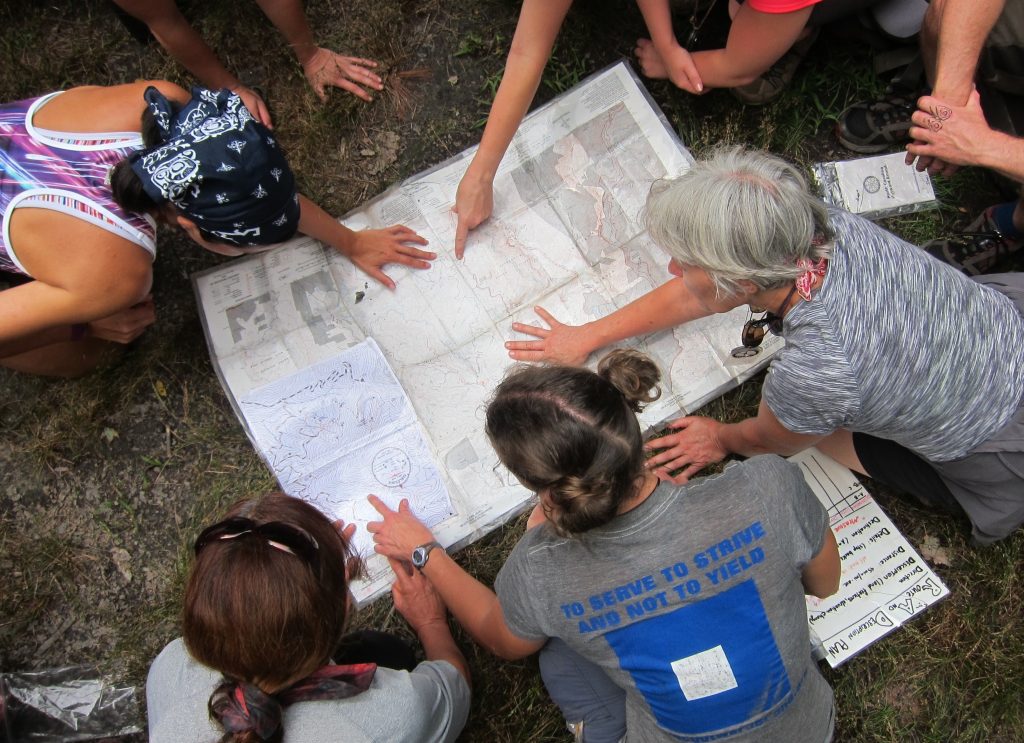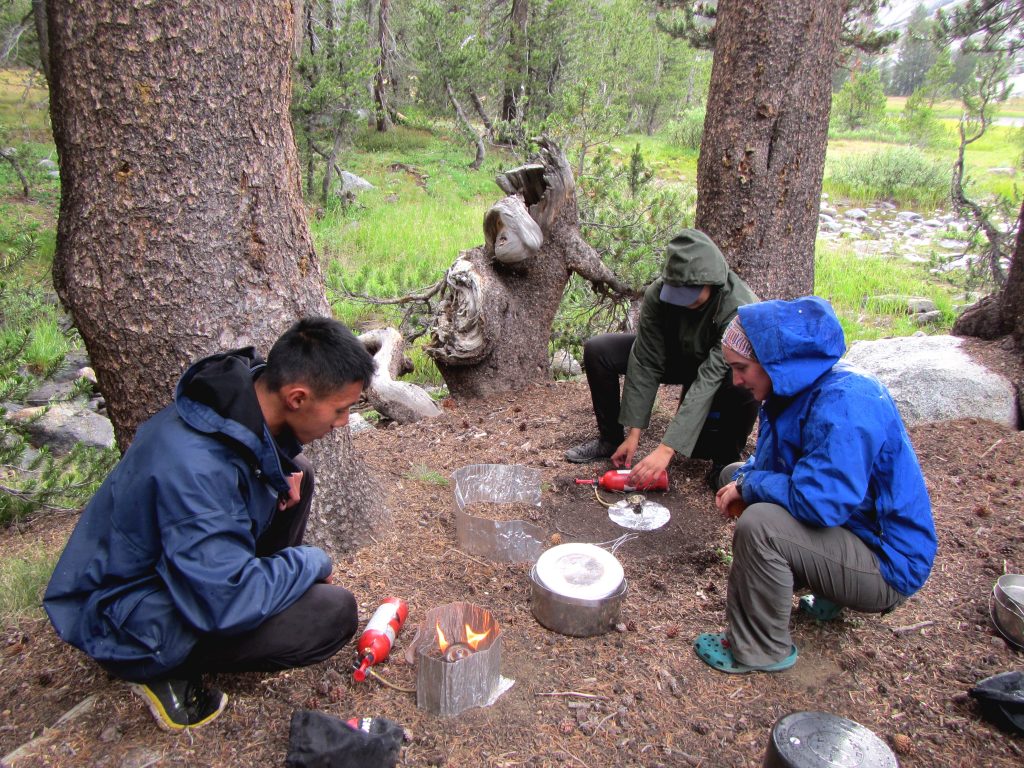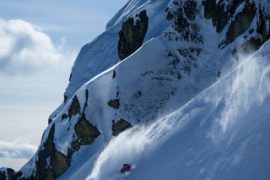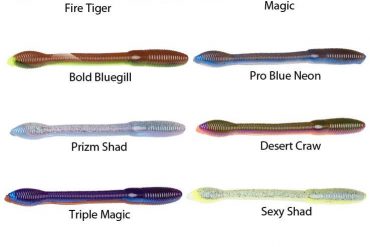The wilderness can seem scary if you don’t know all of your facts. We’re here to debunk common wilderness and backpacking myths. Keep reading and get the scoop!
Myth #1: You vs. Nature: The wilderness is all about survival.
If you choose to go into the wilderness with nothing but the clothes on your back, you will need to carry a survival mindset to find food, shelter and water to stay alive. Most of us go to the wilderness for other reasons, though: adventure, tranquility, to work our bodies, camaraderie, to observe wildlife and to enjoy the natural world.
Before you go, learn how to set up your shelter and use your stove and water purification system. Those are your survival tools. And then relax as you tune in to nature’s rhythms and rules. There’s no need to conquer anything. As more of us spend time in wild places, they seem more and more tame. Learn the techniques of Leave No Trace in order to work with Mother Nature rather than against her.
Myth #2: With a GPS, there’s no need for a compass.
Ah, technology! It’s great when it works. A GPS may be the perfect tool in the backcountry, but beware. Will you be able to navigate if it’s not working?
If your device loses its charge, or isn’t functioning, it’s wise to have a back-up. Know how to read a map, and carry a good one with you, along with a compass. Know how to orient the map, and to read topography. You can learn these skills on an Outward Bound course or from a local outfitter that offers courses. They are essential skills of self-reliance and living safely in the wild.

Many items in a first aid kit can be improvised, but what’s essential with first aid is knowledge. Two of the most common injuries when backpacking are cuts and burns. Would you know what to do if your backpacking buddy cut herself or himself and was bleeding badly? Or what if someone in your group spilled boiling water on their foot, or picked up something hot and got burned? On Ouward Bound courses students learn how to prevent common injuries and also what to do if these things happen. Knowing what can happen raises awareness and leads to greater likelihood of prevention.
One item that can’t be improvised is epinephrine, which is used to treat allergic reactions. If someone in your party has a history of severe allergic reactions to bee stings or a food allergy, it’s essential to keep epinephrine handy at all times.

How would you feel if someone put soap in your drinking water or chemicals in the water you lived in? For all of the aquatic organisms that live in a clean stream, any kind of soap is harmful. Biodegradable soap will not last as long but will still have harmful effects on life in a stream.
Instead of putting soap in the water, go about 200 feet from any stream or river to clean pots, bathe or rinse out clothes. Carry water from the stream and use small amounts of biodegradable soap. All of the little aquatic creatures will appreciate it!
Myth #5: Hypothermia only happens when it’s cold or in winter.
Hypothermia is sneaky! Sure, it can happen when temperatures dip well below freezing. But did you know that on a 70 degree day in summer, people get hypothermia? Say you’re on a long hike, and are pretty depleted of calories. Maybe you’re dehydrated too. It’s late afternoon and cloudy, it’s been drizzling all day and the wind picks up. Then you stop to rest. You’re too tired to get out layers, or to dig out food or a stove to make something hot. Yet those…





